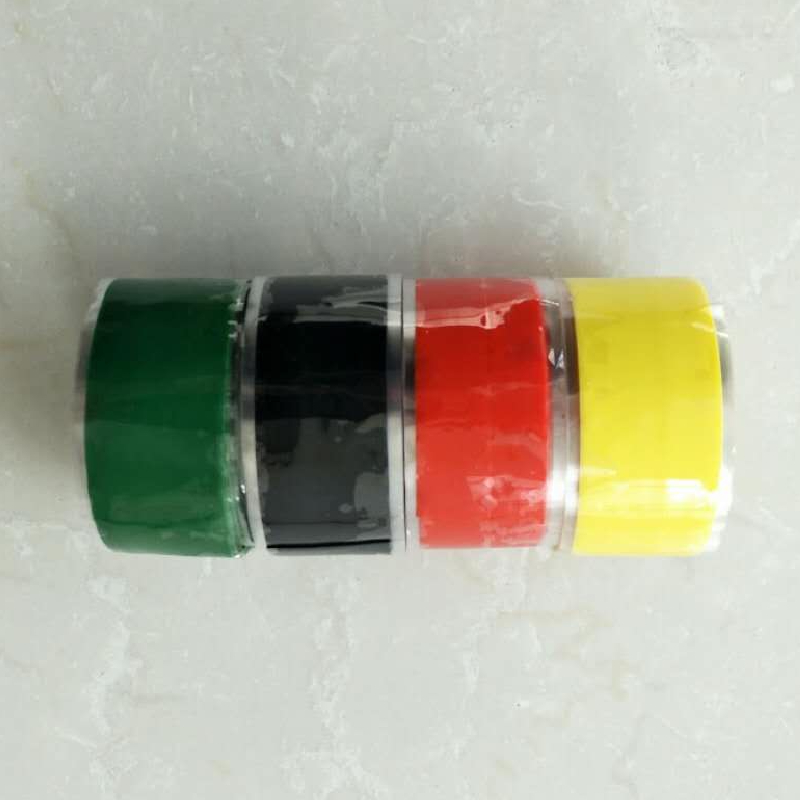The Benefits and Importance of Butyl Weather Stripping
Weather stripping plays a crucial role in maintaining the energy efficiency of homes and buildings. Among the various types of weather stripping materials, butyl rubber stands out due to its flexibility, durability, and excellent adhesion properties. This article explores the significance of butyl weather stripping, its advantages, and how to properly apply it in your home or office.
What is Butyl Weather Stripping?
Butyl weather stripping is made from a synthetic rubber compound known as butyl rubber. This material demonstrates impressive resistance to moisture, temperature fluctuations, and environmental factors, making it an ideal choice for sealing gaps around doors and windows. With an excellent lifespan, butyl weather stripping can effectively reduce energy loss, thus saving money on heating and cooling bills while increasing indoor comfort.
Advantages of Butyl Weather Stripping
1. Durability One of the primary benefits of butyl weather stripping is its longevity. Unlike traditional weather stripping materials such as foam or vinyl, butyl can withstand harsh weather conditions without deteriorating. Its resistance to UV rays and various chemicals ensures that it maintains its shape and functionality over time.
2. Superior Adhesion Butyl rubber features high adhesive properties that allow it to bond effectively to various surfaces, including wood, metal, and plastic. This characteristic ensures a tight seal against drafts, moisture, and dust, enhancing the overall energy efficiency of your space.
3. Flexibility and Compressibility Butyl weather stripping is highly flexible, allowing it to conform to irregular surfaces and effectively fill gaps of varying sizes. It can compress under pressure yet return to its original shape, maintaining a consistent seal regardless of temperature changes.
4. Noise Reduction In addition to its insulating properties, butyl weather stripping can also help reduce outside noise, making it ideal for urban environments or properties near busy roads. This added benefit enhances the comfort and tranquility of indoor spaces.
5. Easy Installation Applying butyl weather stripping is a straightforward DIY task. Most products come with an adhesive backing; simply measure, cut, and apply the strip to the desired area. Homeowners can easily tackle this task, saving on professional installation costs.
butyl weather stripping

How to Apply Butyl Weather Stripping
To achieve optimal results with butyl weather stripping, follow these simple steps
1. Inspect the Area Check for any gaps around doors and windows. A simple test is to close a door or window and see if light passes through; if it does, weather stripping is needed.
2. Clean the Surface Ensure the area where the weather stripping will be applied is clean, dry, and free of dirt or debris. Use a mild detergent or rubbing alcohol to prepare the surface adequately.
3. Measure and Cut Measure the length of the gap that needs sealing and cut the butyl weather stripping accordingly. It’s advisable to cut a little longer than necessary, allowing for a snug fit.
4. Apply the Strip Peel off the backing and carefully press the weather stripping into place, ensuring there are no air pockets. For best results, press firmly along the entire length.
5. Test the Seal Once applied, check to see if the seal is tight. You can do this by attempting to slide a piece of paper between the door or window and the frame; if it doesn’t slide out easily, your installation was successful.
Conclusion
In conclusion, butyl weather stripping is a valuable investment for homeowners looking to enhance their property’s energy efficiency, comfort, and durability. Its numerous advantages make it an ideal choice for various applications, preventing energy loss and external disturbances. By properly installing butyl weather stripping, homeowners can ensure a comfortable living environment while also contributing to energy conservation efforts.
-
XIANGFAN Rubber Tape-Ultimate Solutions for All Your Insulation NeedsNewsJun.24,2025
-
XIANGFAN Rubber Tape-Protection for Industrial and Residential ApplicationsNewsJun.24,2025
-
XIANGFAN Rubber Tape: Superior Safety and Sealing for Demanding EnvironmentsNewsJun.24,2025
-
XIANGFAN Rubber Tape: Reliable Solutions for Every Electrical ChallengeNewsJun.24,2025
-
XIANGFAN Electrical & Industrial Tape: Powering Reliability Across IndustriesNewsJun.24,2025
-
XIANGFAN Electrical & Industrial Tape: Excellence in Every ApplicationNewsJun.24,2025
